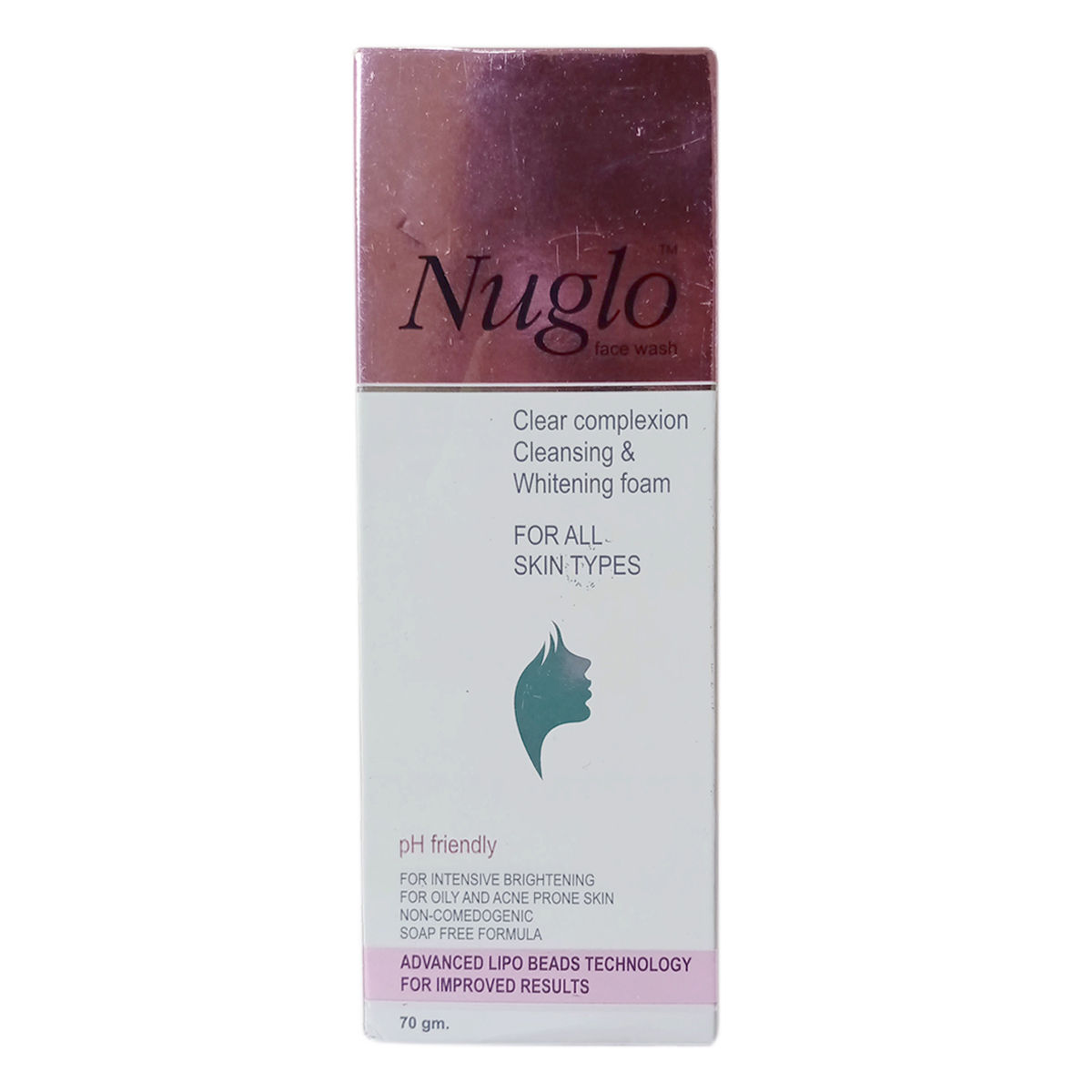Cromoglicic Acid
About Cromoglicic Acid
Cromoglicic Acid belongs to the class of ‘anti-inflammatory/anti-allergy drugs’, primarily used to treat signs and symptoms of allergic conjunctivitis and vernal kerato-conjunctivitis (swelling (inflammation) of the outer lining of the eyes). It is used to relieve itching, burning, redness, and watering in the eyes caused by allergic conjunctivitis. Allergic conjunctivitis is termed as an inflammation of the conjunctiva caused by an allergic reaction. Conjunctiva is the clear tissue covering the white part of the eye and the inside of the eyelids.
Cromoglicic Acid contains Cromoglicic acid, also referred to as cromolyn, cromoglycate, or cromoglicate. It is a mast cell stabilizer and works by blocking the release of histamine from mast cells. Histamines are chemical messengers that are released due to an allergic response in the body. These chemicals are known to cause allergies like swelling, red, teary, and itchy eyes.
Your doctor will advise on how often you take Cromoglicic Acid based on your medical condition. Some common side effects of Cromoglicic Acid include a burning/stinging sensation of the eye, temporary blurry vision, and eye irritation. These side effects do not require medical attention and gradually resolve over time. Although not all of these side effects may occur, they may need medical attention if they do occur.
Please do not use Cromoglicic Acid without consulting your doctor if you have heart, liver or kidney diseases and allergic reactions to Cromoglicic Acid and its components. Avoid touching the dropper with bare hands or taking it closer to the eyelids while administering drops since it contaminates the dropper tip and solution. Cromoglicic Acid sometimes may make your eye red after administration. In such cases, please avoid wearing a lens until the eye becomes better. It is advised to check with your doctor before using Cromoglicic Acid if you are pregnant and currently breastfeeding. Avoid driving or operating machines since the administration of eye drops of Cromoglicic Acid cause blurred vision for a while after use.
Uses of Cromoglicic Acid
Medicinal Benefits
Cromoglicic Acid contains Cromoglicic acid that belongs to the class of mast cell stabilizers. It is used to relieve itching, burning, redness, watering in the eyes caused by allergic conjunctivitis. Cromoglicic Acid works by inhibiting histamine release (chemicals that cause allergic symptoms like itchy eyes and runny nose) from mast cells. Thus, Cromoglicic Acid treats signs and symptoms of allergic conjunctivitis, hay fever, and vernal kerato-conjunctivitis. Cromoglicic Acid also treats red, watery, and itchy eyes caused by allergies like hayfever, house dust mites, and pet hair.
Directions for Use
Storage
Side Effects of Cromoglicic Acid
- Burning/stinging sensation of the eye
- Eye irritation
- Temporary blurry vision
Drug Warnings
Before using Cromoglicic Acid, let your doctor know if you have a history of eye infection, heart, liver or kidney diseases, and allergic reactions to Cromoglicic Acid and its components. Avoid touching the dropper with bare hands or taking it closer to the eyelids while administering drops since it contaminates the dropper tip and solution. Cromoglicic Acid sometimes may make your eye red after administration. In such cases, please avoid wearing a lens until the eye becomes better. It is advised to check with your doctor before using Cromoglicic Acid if you are pregnant, currently breastfeeding, or taking any other prescribed or non-prescribed medicines. Avoid driving, or operating machines since the administration of eye drops of Cromoglicic Acid may cause blurred vision for a while after use. Discard any remaining contents of the solution four weeks after opening the bottle.
Drug Interactions
Drug-Drug Interaction: Inform your doctor if you use prescription or non-prescription drugs and herbal products before starting a Cromoglicic Acid.
Drug-Food Interaction: It is advised to limit or avoid alcohol intake.
Drug-Disease Interaction: Brief your doctor if you have a medical history of eye infection, heart, liver or kidney diseases, and allergic reactions to Cromoglicic Acid and its components.
Drug-Drug Interactions Checker List:
Safety Advice

Alcohol
cautionIt is not known how Cromoglicic Acid is affected by alcohol consumption. However, it is advised to avoid alcohol intake during the treatment.

Pregnancy
cautionIt is not known if Cromoglicic Acid affects the developing baby during pregnancy. Please consult your doctor if you are planning to become pregnant or already pregnant before starting Cromoglicic Acid.

Breast Feeding
cautionIt is not known if Cromoglicic Acid passes into the breastmilk when used by a breastfeeding mother. Please consult your doctor before starting Cromoglicic Acid.

Driving
cautionCromoglicic Acid may cause side effects like blurry vision, which could affect your ability to drive. Do not drive or operate machinery in such cases. Drive only when you are alert and have a clear vision.

Liver
cautionLet your doctor know if you have any history of liver diseases. Your doctor will weigh the benefits and potential risks before prescribing Cromoglicic Acid.

Kidney
cautionLet your doctor know if you have any history of kidney diseases. Your doctor will weigh the benefits and potential risks before prescribing Cromoglicic Acid.

Children
cautionCromoglicic Acid should be used in children only when the doctor has prescribed it for your child.
Habit Forming
Diet & Lifestyle Advise
- Wash your hands regularly. Avoid touching the eyes with dirty hands.
- Avoid rubbing the eyes.
- Avoid sharing eye makeup such as eyeliner, mascara, or kohl.
- Always use clean towels or tissues to wipe your eyes and face.
- Try to maintain good hygiene to keep your eyes clean and irritant-free.
- Regularly wash and change the pillowcases.
- Suppose you wear contact lenses, clean and replace contact lens more often. Never share contact lens. Always remember to wash your hands before inserting and after removing the contact lens.
- Avoid staring at the digital screens for longer durations. Rest your eyes for every 20minutes.
- Know your allergy triggers, such as pollen, dust, and other factors.
Special Advise
- It is advised to reach out to your doctor if the allergy symptoms persist or worsen after two weeks of treatment.
- It is better to consult your ophthalmologist timely for a routine check-up.
Patients Concern
Disease/Condition Glossary
Allergic conjunctivitis (eye allergy): Allergic conjunctivitis, also known as eye allergy, is the immune response that occurs when the eye contacts an irritating substance known as an allergen. It is of three types, namely: allergic, infective, and acute/chronic conjunctivitis. Allergens include dust, smoke, dander, mold, or pollen. Eye allergy symptoms include itching, burning sensation, watery eyes, red/pink eyes, scaling around the eyes, and swollen or puffy eyelids. It can be passed from one infected person to another; hence precaution like wearing sunglasses or distancing is required in public places.
Vernal kerato-conjunctivitis: It is a disease that causes inflammation of the conjunctiva and cornea of the eye. It is the long-term swelling of the outer lining of the eyes. Symptoms include burning eyes, itchy and watery eyes, rough and swollen areas around the cornea, sensitivity to bright light, and pink or red eyes.
FAQs
Cromoglicic Acid contains Cromoglicic acid (also known as cromolyn, cromoglycate, or cromoglicate), an antiallergic drug. It works by inhibiting histamine release (chemicals that cause allergic symptoms like itchy, watery, and red eyes) from mast cells, thus relieving symptoms like itching, burning, redness, watering in eyes caused by allergic reactions conjunctivitis.
It is advised to remove your contact lens if you are wearing it while administering eye drops. Also, remember to wash your hands before and after the administration of eye drops to avoid any contamination. Please do not touch the dropper with bare hands since it can contaminate the solution.
If you use other eye ointments/drops along with Cromoglicic Acid, it is advised to maintain a gap of at least 5-10 minutes after each administration. Also, use eye drops before applying any ointments.
Please do not stop using Cromoglicic Acid even if you feel better. Continue the course as suggested by the doctor.
Cromoglicic Acid can cause a blurry vision for a while in the beginning. Avoid driving and operating machinery in such cases until you feel better. If the effect persists longer, seek medical attention.
Apply the drops as soon as possible. However, if it is time for the next dose, skip the missed dose and go back to your regular dosing schedule.
Keep the eye drops container tightly closed after every use. Please do not touch the dropper of eye drops since it contaminates the medication and affects the eye. Store it according to the instructions labeled on the leaflet. Keep it out of reach of children and pets.
Available Medicines for
Cromoglicic Acid

Ahaglow S Foaming Face Wash 100 ml | Salicylic Acid & Glycolic Acid
1 Bottle
₹678.3 (MRP 798)15%Off
cashback: 0









